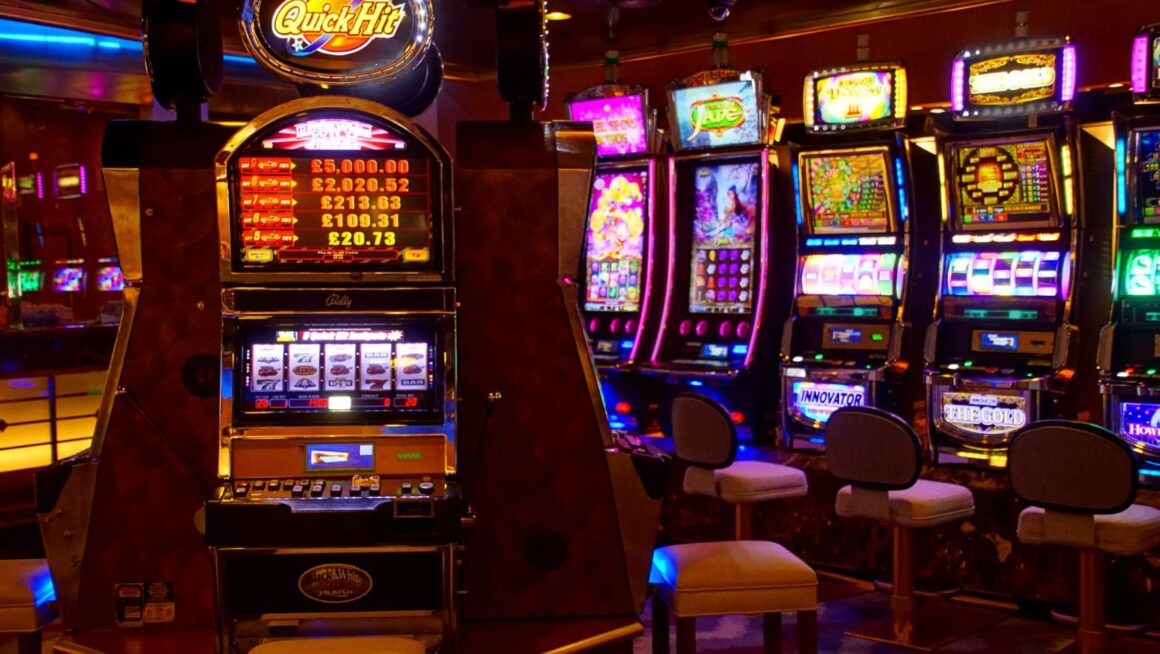Once confined to smoky casinos and back-room poker games, gambling has undergone a remarkable transformation in the digital age. Social media platforms have played a pivotal role in this evolution, turning what was once a stigmatized activity into a mainstream form of entertainment celebrated across Instagram reels, TikTok videos, and Twitch streams. This shift didn’t happen overnight—it represents the culmination of technological advancement, changing social attitudes, and sophisticated marketing strategies that have fundamentally altered how people perceive and engage with gambling worldwide.
Research from the International Gambling Studies Journal reveals that gambling-related content on social media increased by 487% between 2018 and 2023. This explosive growth coincides with a 32% increase in online gambling participation among adults aged 18-34 during the same period. Furthermore, the global online gambling market reached $67.5 billion in 2023 and is projected to hit $112.3 billion by 2027, representing one of the fastest-growing entertainment sectors worldwide.
How Platforms Normalized Betting Behaviors
Instagram’s visual-first approach has proven particularly effective in glamorizing gambling. According to a 2023 study by the University of Nevada, gambling-related hashtags about casinos like Sky Crown on Instagram generated over 11.2 billion views, with luxury lifestyle content featuring casino environments receiving 3.2 times more engagement than average posts. Influencers posing with casino chips or celebrating slot machine wins create aspirational content that associates gambling with success and excitement rather than risk.
For example, a single poker influencer with 2.4 million followers generated $8.7 million in referral revenue for online poker sites in 2023, demonstrating the powerful economic engine behind this content. Moreover, 78% of surveyed Instagram users aged 21-30 reported that seeing gambling content from influencers they follow made the activity seem more acceptable and less risky.
TikTok’s Gamification of Risk
TikTok has taken gambling content even further with short-form videos that perfectly capture winning moments. The platform’s algorithm heavily favors:
- Dramatic reactions to wins
- Creative betting strategies
- “Day in the life” content from professional gamblers
- Tips and tricks for various games of chance
A Stanford Digital Media Lab analysis found that gambling-related TikTok videos receive an average of 6.7 million views—nearly triple the engagement rate of other entertainment content. Furthermore, 64% of gambling content creators on the platform demonstrate winning outcomes, while only 8% show losses, creating a significantly distorted perception of gambling odds.
Psychological Triggers Behind Social Media Gambling
Social media platforms haven’t merely provided a new channel for gambling content—they’ve actually leveraged psychological principles that make gambling more appealing and potentially more addictive.
FOMO Factor
Fear of missing out (FOMO) drives significant gambling engagement through social media. When users see peers winning or celebrities enjoying high-stakes games, it creates powerful social pressure to participate. Research from the Journal of Behavioral Addictions found that 71% of young adults who engaged in online gambling after seeing social media content cited FOMO as a primary motivator.
Additionally, real-time betting features integrated with live sports streams create “appointment gambling” experiences, where users feel compelled to participate while watching events with friends. This social component has been shown to increase average bet sizes by 47% compared to solitary gambling sessions.
Global Trends in Social Media Gambling
The impact of social media on gambling varies significantly by region, influenced by regulatory environments, cultural attitudes, and technological adoption rates.
| Region | Social Media Gambling Penetration | Primary Platforms | Average Monthly Spend | Regulatory Approach |
| North America | 37% | Instagram, Twitter | $267 | State/Province-based |
| Europe | 29% | Twitch, TikTok | €189 | Country-specific restrictions |
| Asia | 41% | WeChat, Line | ¥2,100 | Varies widely by country |
| Latin America | 44% | TikTok, Facebook | R$341 | Rapidly liberalizing |
| Africa | 18% | Facebook, WhatsApp | $89 | Limited regulation |
Latin America shows the highest social media gambling engagement rate at 44%, driven by relatively permissive regulations and high mobile penetration. In contrast, Europe’s 29% reflects the continent’s stricter regulatory framework, with countries like Spain limiting gambling advertisements on social platforms to between 1 AM and 5 AM.
Regulatory Challenge
Governments worldwide are struggling to keep pace with social media’s gambling revolution. Traditional gambling regulations were designed for physical locations and television advertisements, not for the borderless world of social media where content can be accessed globally regardless of local laws.
In response to these challenges:
- The UK Gambling Commission implemented restrictions requiring age verification for gambling content on social platforms in 2022
- Australia banned the use of social media influencers in gambling promotions entirely in 2023
- The European Union introduced a Digital Services Act with specific provisions for gambling content online
- The United States continues to operate with a patchwork of state-level regulations
Nevertheless, enforcement remains difficult. A 2023 investigation by the University of Bristol found that 67% of gambling content on TikTok was accessible to users who had set their age to under 18, highlighting the limitations of current regulatory approaches.
Future of Social Media Gambling
As we look ahead, several trends are likely to shape the evolving relationship between social media and gambling:
Metaverse Betting Environments
Virtual reality casinos are already being developed for metaverse environments, with companies investing over $4.2 billion in this technology since 2021.

These immersive spaces allow users to experience gambling with friends in virtual environments, potentially creating even more engaging social experiences around betting.
Cryptocurrency Integration
Blockchain technology and cryptocurrencies are increasingly merging with social media gambling. Crypto betting platforms saw user growth of 112% in 2023 alone, offering borderless transactions that further complicate regulatory efforts.
Conclusion
Social media has fundamentally transformed gambling from a niche, often stigmatized activity into a mainstream form of entertainment. Through careful content curation, influencer partnerships, and algorithmic promotion, platforms have normalized betting behaviors while simultaneously making them more accessible than ever before.
As this trend continues to evolve, the challenge for regulators, platform developers, and public health officials will be to balance the entertainment value of social gambling content against its potential harms—particularly to vulnerable populations. For users, developing media literacy around gambling content has never been more important, as what appears to be casual entertainment increasingly blurs the line between social media engagement and genuine financial risk.

